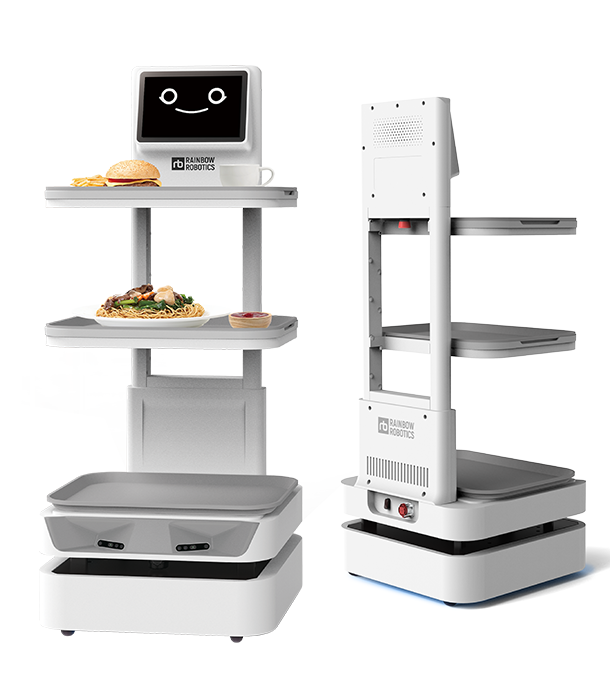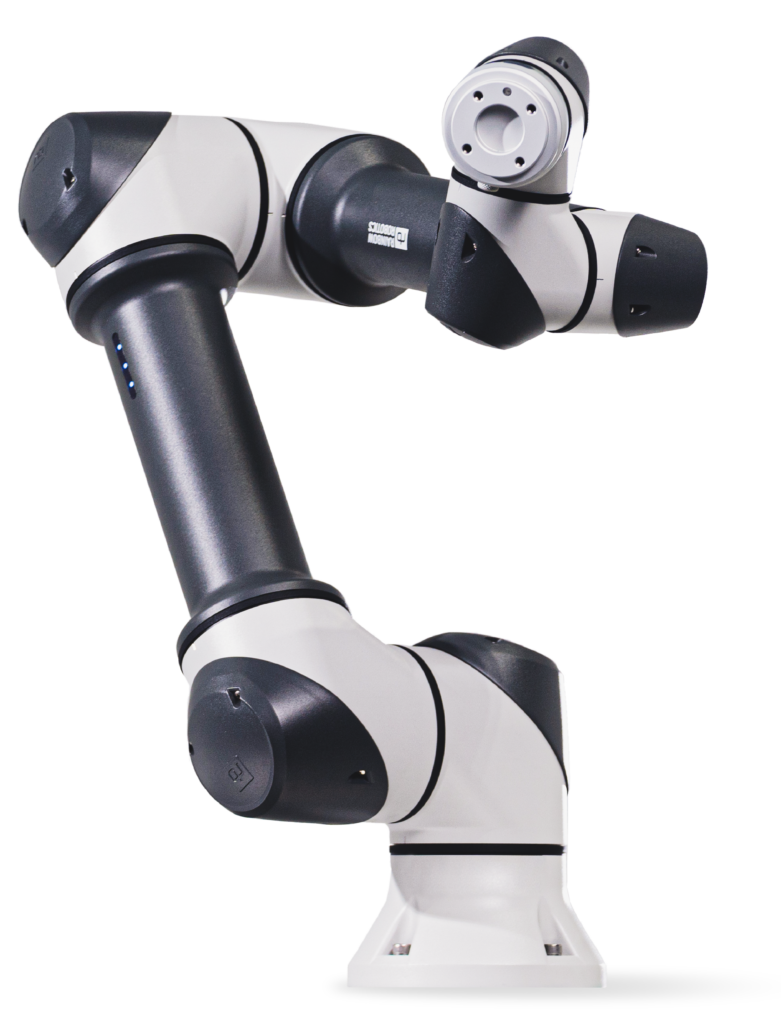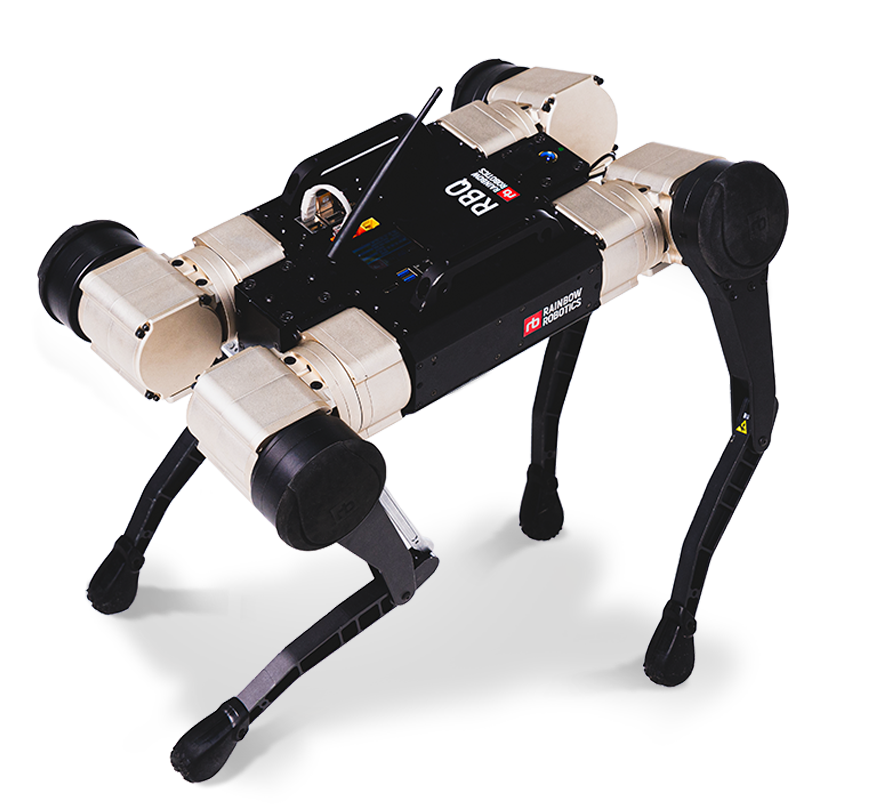A very clear signal

One wave of technological advancement is driving the development of others. AI tools are enabling the processing of data in innovative ways. The business potential of AI is also pushing companies to develop more powerful hardware, such as microchips, to run AI tools more effectively. Another significant wave on the horizon is robotics. At some point—likely sooner rather than later—the advancements in robotics and AI will converge, creating a reality that, until now, has existed only in science fiction. For now, let’s focus on the next steps.
Samsung has recently acquired a significant stake in Rainbow Robotics, with both companies based in South Korea. This acquisition signals Samsung’s commitment to diversifying its business and leveraging automation and robotics for future growth. It doesn’t take a genius to foresee that robotics will soon have a massive impact. However, it does require boldness and strategic foresight to invest at the right time in the right technology. This move by Samsung may prove to be exactly that—a stroke of genius.
While technology has advanced enough to ignite a robotics revolution, other factors remain critical. One of the key factors is cost. Once robotics products become affordable for individuals with average incomes, the revolution will truly begin. For example, if a useful robot were to cost around €1,400—the price of an iPhone 16 Pro—it is almost certain that the revolution would already be underway. Currently, most robots are priced above €10,000, which makes them accessible primarily to companies rather than individual consumers.
Rainbow Robotics: Pioneers in Robotic Innovation
Founded in 2011 and headquartered in Daejeon, South Korea, Rainbow Robotics has established itself as a leading developer of robotics solutions. The company is widely recognized for its expertise in humanoid robots, collaborative robots (cobots), and robotic platforms for various industrial applications. Rainbow Robotics originated as a spin-off from KAIST (Korea Advanced Institute of Science and Technology), where the team gained fame for developing the humanoid robot DRC-HUBO, a competitor in the DARPA Robotics Challenge. With a strong foundation in research and innovation, Rainbow Robotics has continuously delivered state-of-the-art products that address the needs of diverse industries, including manufacturing, healthcare, and education.
Reasons Behind Samsung’s Acquisition
Samsung’s decision to invest in Rainbow Robotics is driven by several strategic considerations:
- Expanding Robotics Expertise: With Rainbow Robotics’ proven track record in humanoid and collaborative robots, Samsung can leverage this expertise to enhance its robotics division and accelerate the development of next-generation robotic technologies.
- Market Diversification: As Samsung seeks to reduce its dependence on its traditional businesses like semiconductors and smartphones, robotics presents a promising avenue for diversification and future revenue streams.
- Strategic Alignment: The robotics market is poised for substantial growth, fueled by advancements in AI, IoT, and automation. By acquiring a stake in Rainbow Robotics, Samsung positions itself as a key player in this burgeoning sector.
- Technological Synergy: Samsung’s expertise in AI, semiconductors, and hardware can complement Rainbow Robotics’ robotics platforms, enabling the creation of highly integrated and efficient robotic systems.
- Global Competitiveness: The acquisition aligns with Samsung’s goal to compete globally with leading robotics companies like Boston Dynamics and SoftBank Robotics, solidifying its presence in the robotics ecosystem.
Products of Rainbow Robotics

Rainbow Robotics offers a diverse range of products that cater to various sectors. Some of its notable products include:
- Serving Robots: Advanced robotic systems designed to assist in hospitality, healthcare, and service industries by performing tasks such as delivering food, beverages, or medical supplies, enhancing efficiency and customer experience. Probably this is the product that will have the major acceptance in households and other common places.
- RB Series Cobots: Collaborative robots designed for industrial applications, offering high precision and safety for tasks like assembly, packaging, and inspection.
- Quadruped Robots: Four-legged robots suitable for research, disaster response, and surveillance applications.
- Robot Arm Platforms: Customizable robotic arms for automation in manufacturing, logistics, and other industries.
- Autonomous Mobile Robots (AMRs): Robots designed for autonomous navigation and transportation tasks in warehouses and factories.
- Educational Robots: Platforms for robotics education and research, aimed at fostering innovation and learning in academic institutions.

Conclusion
The run to place the best and most affordable robots in the market has started. Samsung’s acquisition of a stake in Rainbow Robotics is a very clear signal of it, as well as an investment in the future and potential of robotics.
Sources
- www.pixabay.com (main picture)
- https://www.rainbow-robotics.com (other pictures)

No responses yet